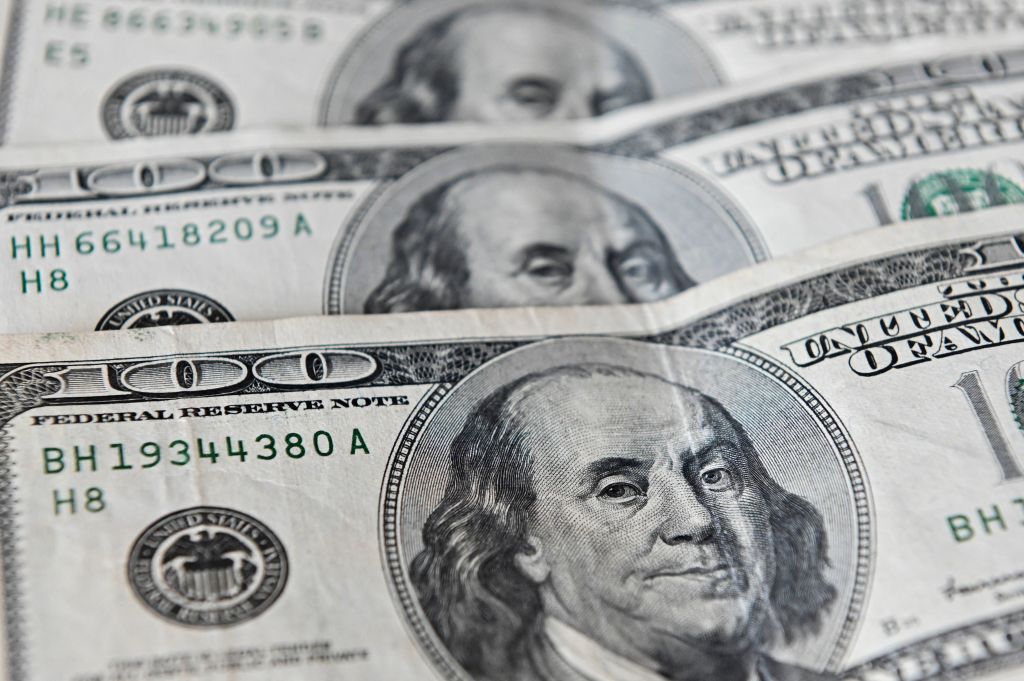There’s a lot of hype around stablecoins right now. After Stripe’s $1.1 billion acquisition of Bridge last year, everyone from startups to big banks are seeking to get in on the action. A crypto VC recently told me they’ve heard 15 pitches for stablecoin startups in the past few weeks. But beneath the hype is a powerful truth: Stablecoins are a transformative technology that are already remaking the global payments landscape and, in time, will play a pivotal geopolitical role by reinforcing the U.S. dollar’s status as the world’s pre-eminent currency.
Skeptics will be tempted to decry this as just another crypto fad—and with good reason. Having been in the industry since 2013, I’ve seen narratives rise and fall. First, it was “Bitcoin for the unbanked,” a proposition that came to be hollow after the FDIC made clear the top reason Americans remain unbanked is not due to technical barriers—it’s because they lack the money to meet minimum balance requirements. Then came the NFT bubble which saw speculators pay over $1 million for “Bored Apes”, helping sites like OpenSea notch more than $60 million in monthly revenue—before that number collapsed to less than $200,000. Who would have thought spending millions of dollars on digital monkeys to display at your Art Basel house party wasn’t sustainable?
Stablecoins, though, are more than a narrative. A stablecoin is a digital currency pegged to a fiat currency, usually the U.S. dollar, designed to offer price stability while retaining the advantages of crypto: fast, low-cost, borderless payments.
Demand is only accelerating, especially in emerging markets like Sub-Saharan Africa where average fees to send money top 8%, the most expensive in the world. Nigeria ranks second globally in crypto adoption, according to Chainalysis’s 2024 Global Crypto Adoption Index, with five other African nations having cracked the Top 20 globally over the past four years. Before Yellow Card started enabling stablecoin payments for the continent, we routinely heard from our customers that it was cheaper to drive a duffle bag of cash across a border than to send a wire transfer within the continent.
But this isn’t just a payments story. It’s a monetary one.
Stablecoins are strengthening the dollar’s role abroad at a time when there is a lot of speculation around its future. As global tensions rise, tariffs increase, and countries talk about exploring alternatives to the dollar, the U.S. financial system faces growing fragmentation. In this environment, stablecoins are doing what traditional finance cannot: keeping the dollar relevant, liquid, and useful to real people and businesses around the world.
The dollar is currently used for 58% of international trade payments. Stablecoins help secure that lead by making it easier, cheaper, and faster to use dollars across borders—and they do it without requiring access to U.S. banks or SWIFT networks. That’s critical in countries with underdeveloped financial infrastructure or liquidity challenges. Stablecoins are the first technology to challenge the international correspondent banking system, and they’re doing so in countries where the system doesn’t work in the first place.
Even more notably, Stablecoin issuers have become major buyers of U.S. Treasury bills. Tether, the issuer of USDT, was the 7th largest buyer of U.S. government debt in 2024—and now owns more Treasuries than Canada. Every dollar held in a stablecoin is, effectively, a dollar exported. It circulates globally, deepening reliance on the U.S. economy without ever leaving American shores, all while buying and decentralizing demand for U.S. debt.
In a world where China is testing digital yuan models and BRICS nations are exploring dollar alternatives, stablecoins represent a powerful counterweight—one driven not by government mandate, but by market demand. They offer the convenience of crypto with the credibility and trust of the U.S. dollar, a tough combination to beat.
Stablecoins are the clearest evidence that crypto can serve U.S. strategic and economic interests. In a time of economic uncertainty, they are helping the dollar do what it does best: remain and grow as the default currency for global commerce.
Right now, they are the dollar’s strongest ally.
Chris Maurice is the CEO of Yellow Card, the largest licensed stablecoin payments company in Africa.
This story was originally featured on Fortune.com






